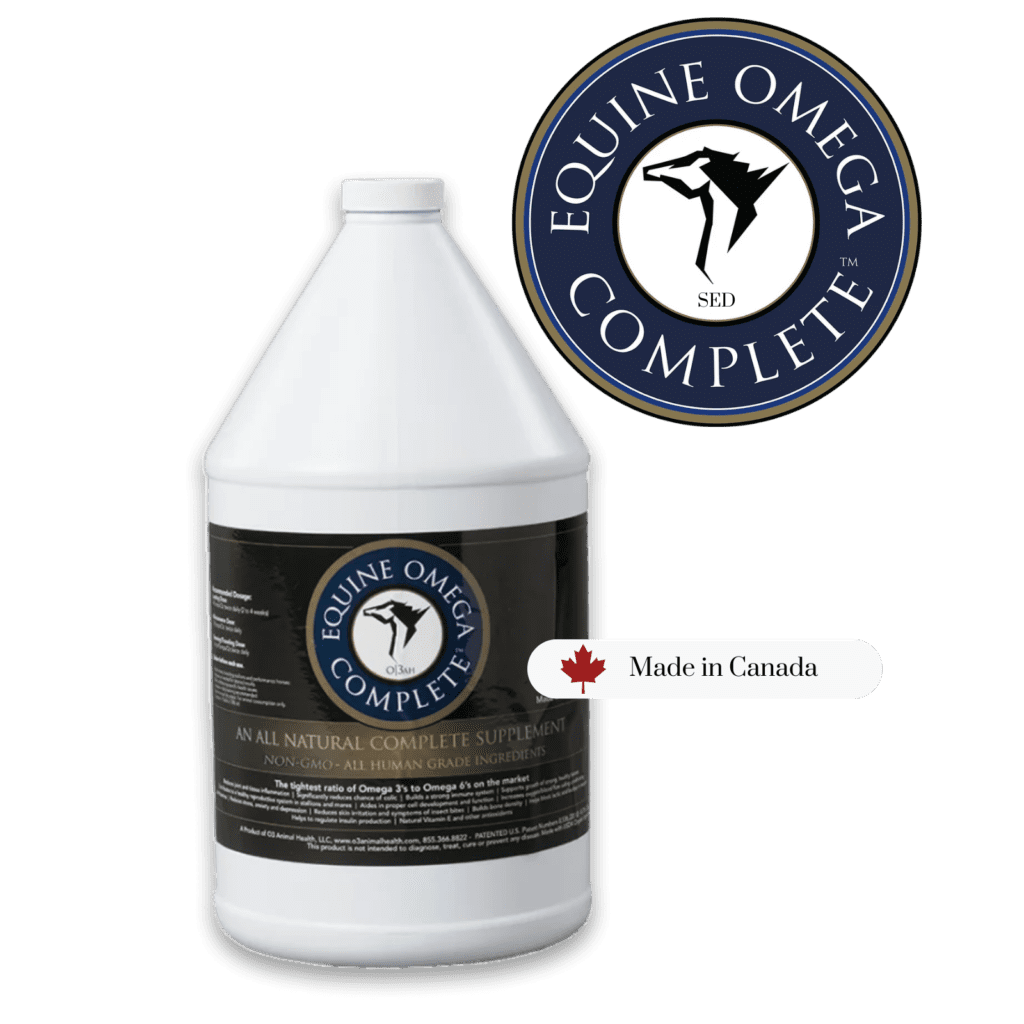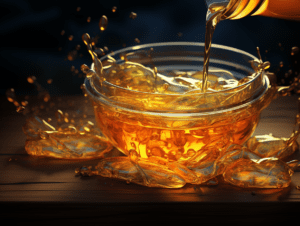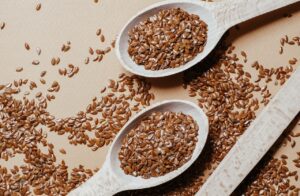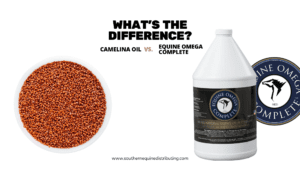Introduction
While we often associate arthritis with aging in humans, it’s important to recognize that horses can develop this condition at a much younger age. Horses’ unique limb anatomy and constant motion make them particularly susceptible to arthritis. Understanding the underlying factors that can contribute to arthritis in horses is crucial for promoting joint health and ensuring a pain-free life for our equine companions.
The Impact of Size and Motion
Horses possess a distinct limb anatomy compared to humans, primarily due to their larger size and continuous movement. Despite the similar diameter of knee joints between humans and horses, the difference in body mass is significant, with horses outweighing humans by a considerable margin. This leads to substantially higher force exerted on horse joints than human joints. The increased force-to-joint surface area ratio makes horse joints more vulnerable to developing arthritis.
The Link Between Inflammation and Cartilage Damage
The elevated forces experienced by horse joints can result in the formation of micro-cracks on the cartilage surface. This initiates an inflammatory response to break down the damaged tissue and replace it with new healthy tissue. However, cartilage has a limited ability to efficiently repair itself compared to other tissues due to its lack of a dedicated blood supply; therefore, cartilage relies on the blood supply from underlying bone for nutrient delivery and waste removal.
Consequently, the small injuries on the cartilage surface, distant from the blood supply, tend to heal at a slower pace than deeper cartilage injuries. Interestingly, horses may not exhibit lameness symptoms despite these surface injuries. Nonetheless, the continuous high loading on seemingly healthy joints perpetuates the inflammatory process, leading to progressive cartilage loss and irreversible erosion characteristic of arthritis.
Breaking the Cycle
To disrupt this cycle of inflammation and cartilage damage, it is crucial to support the cells within the cartilage. One effective approach is to provide these cells with molecules such as omega-3 fatty acids, which aid in resolving inflammation. When incorporated into cell membranes, omega-3 fatty acids become readily available during inflammatory processes. They form compounds that accelerate the resolution of inflammation, promoting a healthier joint environment. Including a diet enriched in essential fatty acids, such as omega-3 fatty acids, can be an effective strategy for protecting joint health and extending a horse’s active and pain-free life.
Conclusion
Understanding the unique vulnerability of horses to arthritis allows us to take proactive measures to support their joint health. By incorporating omega-3 fatty acids into their diet, we can empower the cells within the cartilage to combat inflammation and promote a healthier joint environment. With proper care and targeted nutritional supplementation, we can enhance the overall well-being of our horses and ensure they lead a fulfilling and comfortable life.

Equine Omega Complete
This blend of DHA and EPA essential omega fats and natural antioxidants supports inflammatory response, performance recovery, insulin regulation, and weight management while ensuring strong hooves and a radiant coat. Equine Omega Complete® is a unique blend of organic soybean oil, wild-caught fish oil and all-natural vitamin E.





